Home>Furniture>Living Room Furniture>How Long To Heat A Bean Bag In The Microwave
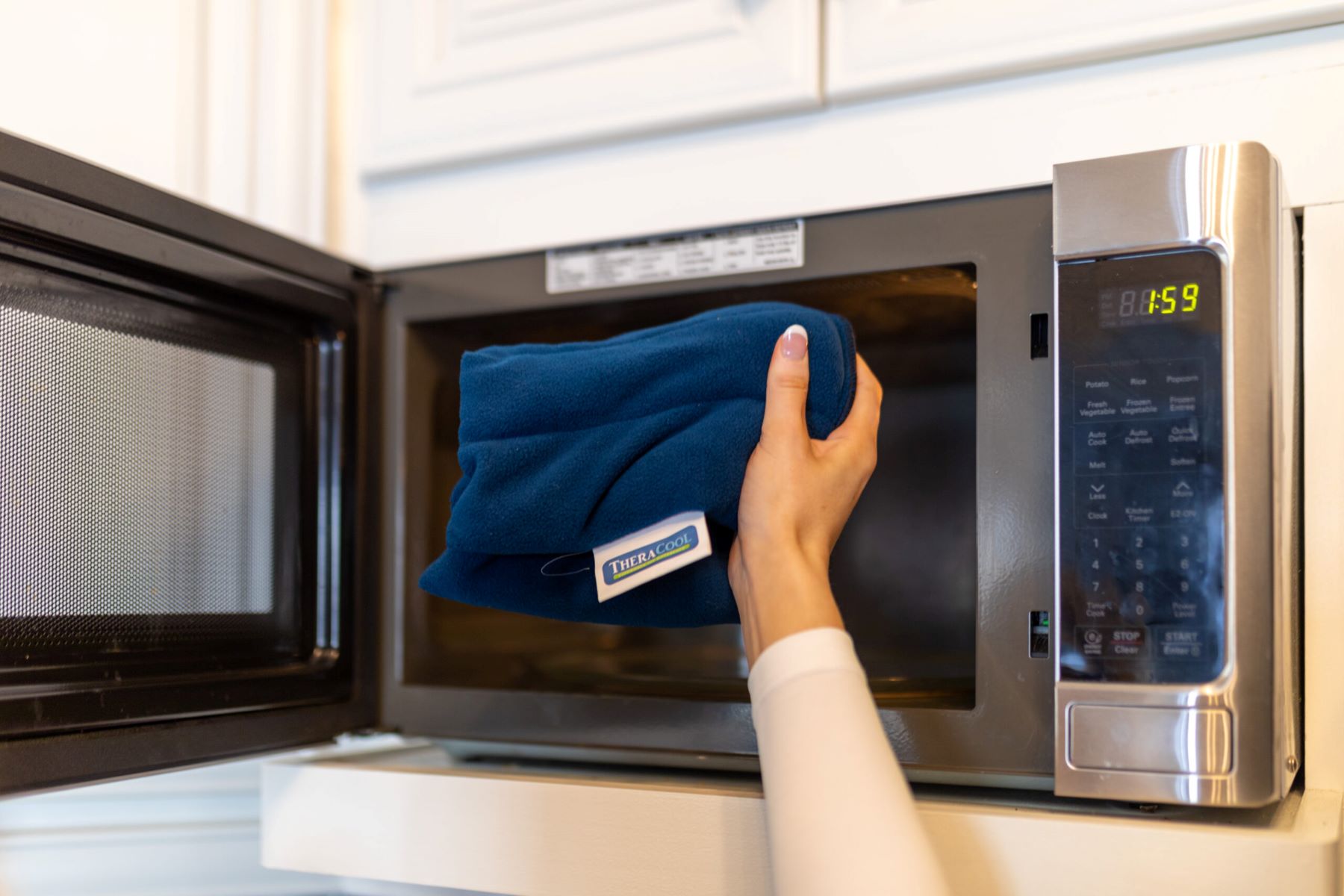

Living Room Furniture
How Long To Heat A Bean Bag In The Microwave
Modified: March 16, 2024
Discover how long it takes to heat a bean bag in the microwave with our living room furniture guide. Achieve optimal comfort and relaxation at the touch of a button.
(Many of the links in this article redirect to a specific reviewed product. Your purchase of these products through affiliate links helps to generate commission for Storables.com, at no extra cost. Learn more)
Introduction
Welcome to the world of cozy comfort and relaxation – the living room is the heart of any home, and what better way to make it even more inviting than with a comfortable bean bag? Whether you’re curling up with a good book, watching a movie, or simply lounging around, a bean bag is the perfect addition to your living room furniture collection.
One of the main advantages of a bean bag is its versatility – you can easily move it around, mold it to your preferred shape, and even heat it up for added warmth on chilly days. In this article, we will focus on the latter, discussing how long it takes to heat a bean bag in the microwave and factors that can affect the heating time. So, grab a cup of tea and let’s dive in!
Key Takeaways:
- Heating a bean bag in the microwave depends on factors like size, weight, microwave power, initial temperature, and filling type. Always follow guidelines to avoid overheating and ensure safety.
- If you can’t use a microwave, alternative methods like hot water, heating pads, hot towels, electric blankets, or warm compresses can also warm up your bean bag safely and effectively.
Read more: What Is Bean Bag
Factors Affecting Heating Time
The amount of time it takes to heat a bean bag in the microwave can vary depending on several factors. Understanding these factors will help you determine the optimal heating time for your specific bean bag. Here are the key factors to consider:
- Size and Weight of the Bean Bag: Larger and heavier bean bags will generally require more time to heat compared to smaller ones. The volume of the bean bag and the amount of filling it contains affect how quickly the heat penetrates and warms up the entire bag.
- Power Rating of the Microwave: The power rating of your microwave plays a significant role in the heating time. Microwaves with higher wattage can generate more heat, resulting in faster heating. Lower wattage microwaves may require slightly longer heating times to achieve the desired warmth.
- Initial Temperature of the Bean Bag: If your bean bag is already at room temperature, it will heat up faster compared to one that is stored in a colder environment. If your bean bag has been sitting in a drafty area or near a window, it might take a little longer to heat up.
- Material and Filling Type: The material and filling of the bean bag can also affect the heating time. Some bean bags are made of thicker fabrics that may impede heat transfer, while others have insulating properties that can retain the heat longer. Additionally, bean bags filled with natural materials like rice or wheat may heat up more quickly than those filled with synthetic materials.
Keep these factors in mind as we delve further into the recommended heating times for different types of bean bags. It’s important to note that these factors can vary from one bean bag to another, so it’s always a good idea to test and adjust the heating time accordingly.
Size and Weight of the Bean Bag
The size and weight of your bean bag greatly influence the heating time in the microwave. As a general rule, larger and heavier bean bags will require more time to heat up compared to smaller ones. This is because the heat needs to penetrate through more material and reach the center of the bean bag.
When considering the size of your bean bag, think about both its dimensions and its volume. A larger bean bag will have more surface area, which means more material to heat. Similarly, a thicker bean bag will have more filling and insulation, which can also affect the heating time.
Weight is another crucial factor. The heavier the bean bag, the longer it will take for the heat to distribute evenly. This is especially true for bean bags with denser fillings, such as memory foam or shredded foam. The denser the filling, the more time it takes for the heat to reach its core.
It’s worth noting that different manufacturers may use alternative fillings or combinations of materials that can affect the size and weight of the bean bag. Always refer to the product’s specifications and guidelines for accurate information on size and weight.
So, how long should you heat a large and heavy bean bag in the microwave? Typically, it is recommended to start with a heating time of around 1-2 minutes. After heating, give the bean bag a gentle shake or massage to distribute the heat and check if the desired warmth has been achieved. If not, you can continue heating it for increments of 30 seconds until you reach your desired comfort level.
Remember, however, to always follow the manufacturer’s instructions and be cautious not to overheat the bean bag. Overheating can lead to burns or damage the bean bag. It’s always better to start with a shorter heating time and gradually increase it, if needed.
Now that we’ve discussed the influence of size and weight on heating time, let’s explore the next factor: the power rating of your microwave.
Power Rating of the Microwave
The power rating of your microwave is a crucial factor that determines how quickly and efficiently it can heat your bean bag. Microwaves come in various wattages, typically ranging from 600 to 1200 watts. Higher wattage microwaves generate more power and heat, leading to faster heating times.
If your microwave has a higher power rating, such as 1000 watts or above, it will generally heat your bean bag more quickly compared to a microwave with a lower wattage. The higher wattage allows for greater energy transfer, resulting in faster and more even heating throughout the bean bag.
On the other hand, if you have a microwave with a lower wattage, you may need to adjust your heating time accordingly. Lower wattage microwaves may require slightly longer heating times to achieve the desired level of warmth. To compensate for the lower power output, you can increase the heating time in small increments until the bean bag reaches the desired temperature.
It’s important to note that the power rating of your microwave is generally indicated on the unit itself or in the instruction manual. If you’re unsure about the wattage, you can check the label on the back of the microwave or consult the manufacturer’s website for accurate information.
Additionally, keep in mind that power output can vary even within microwaves of the same wattage. Factors such as the age and condition of the microwave can also affect its efficiency. So, it’s always a good idea to test the heating time with a shorter duration initially and adjust as needed based on the results.
With an understanding of the power rating of your microwave in relation to heating time, let’s continue exploring the next factor: the initial temperature of the bean bag.
Initial Temperature of the Bean Bag
The initial temperature of the bean bag before heating plays a role in determining the overall heating time. If your bean bag is already at room temperature, it will heat up faster compared to one that is stored in a colder environment.
Bean bags that have been exposed to colder temperatures, such as being stored in a basement or garage, may require additional heating time to reach the desired warmth. This is because the colder temperature of the bean bag will absorb some of the heat energy from the microwave, which can prolong the heating process.
Similarly, if your bean bag has been sitting near a drafty window or in a cooler area of your home, it may also take slightly longer to heat up. In such cases, it is advisable to increase the heating time in small increments to compensate for the initial lower temperature.
Conversely, if your bean bag is already at room temperature, it will take less time to heat. A room temperature bean bag absorbs the microwave energy more efficiently, allowing for faster heat distribution throughout the entire bag.
It’s worth noting that the time needed to heat a bean bag may vary depending on individual preferences. Some people prefer a warmer bean bag, while others prefer a more moderate warmth. Starting with a shorter heating time and gradually increasing it allows you to find the optimal temperature that suits your comfort level.
As a general guideline, it is recommended to begin with a heating time of around 1-2 minutes for a room temperature bean bag. After heating, carefully touch the bean bag to check if it has reached the desired warmth. If necessary, you can continue heating it for additional 30-second intervals until the desired temperature is achieved.
Now that we have discussed how the initial temperature of the bean bag affects the heating time, let’s move on to another important factor: the material and filling type of the bean bag.
“Place the bean bag in the microwave and heat on high for 1-2 minutes. Check the temperature after each minute to avoid overheating and potential damage to the bean bag.”
Read more: How To Make A Bean Bag
Material and Filling Type
The material and filling type of your bean bag can have a significant impact on the heating time and overall heat retention. Different materials and fillings have varying properties that can affect how quickly and efficiently the bean bag heats up.
When it comes to materials, bean bags can be made from a wide range of fabrics, including polyester, nylon, cotton, and microfiber. Thicker materials like microfiber or cotton may require slightly more time to heat compared to thinner materials like nylon or polyester. Thicker fabrics can act as insulators, preventing the heat from penetrating the bean bag quickly.
Additionally, consider the filling type of your bean bag. The filling can greatly affect heating time and heat retention. Common fillings include polystyrene beads, memory foam, shredded foam, or natural materials like rice or wheat. Each filling type has its own thermal properties.
Bean bags filled with polystyrene beads or shredded foam often heat up relatively quickly due to their lightweight and porous nature. These materials allow the heat to distribute more evenly throughout the bean bag, resulting in a faster warming time.
On the other hand, memory foam or natural fillings like rice or wheat may take slightly longer to heat. Memory foam is denser and has greater heat retention, so it may require additional time for the heat to penetrate and warm up the bean bag. Natural fillings, like rice or wheat, have excellent heat retention properties but also take longer to heat up. They may require a bit more time in the microwave to reach the desired temperature.
It’s important to refer to the manufacturer’s guidelines for your specific bean bag to understand the recommended heating time based on the material and filling type. The guidance provided by the manufacturer takes into account the material’s properties and ensures safe and effective heating.
As a general rule, start with a heating time of 1-2 minutes for polyester or nylon bean bags filled with polystyrene beads or shredded foam. If your bean bag is made of thicker fabrics like microfiber or cotton, or filled with memory foam or natural materials, you may need to increase the heating time accordingly.
Always use caution when heating bean bags with filling materials. Overheating can damage the filling or cause the bean bag to become too hot, posing a risk of burns. It’s advisable to test the heating time and adjust as needed to find the optimal warmth for your bean bag.
Now that we have explored the influence of material and filling type on the heating time, let’s move on to discussing the recommended heating times for different bean bag sizes and materials.
Recommended Heating Times
Now that we have discussed the factors that can affect the heating time of a bean bag, let’s dive into the recommended heating times for different types of bean bags. It’s important to note that these timings are general guidelines, and you should always refer to the manufacturer’s instructions and guidelines for your specific bean bag.
Small Bean Bags: For small-sized bean bags, which are typically around 30-40 inches in diameter, a heating time of 1-2 minutes is usually sufficient. Start with 1 minute, and if the desired warmth is not achieved, continue heating in 30-second intervals until the desired temperature is reached.
Medium Bean Bags: Medium-sized bean bags, measuring between 40-50 inches in diameter, may require slightly longer heating times. Begin with 2 minutes, then check if the desired warmth has been achieved. If not, heat for an additional 30 seconds at a time until the desired temperature is reached.
Large Bean Bags: Large-sized bean bags, typically over 50 inches in diameter, may require longer heating times due to their size and weight. Start with 2-3 minutes, and check the bean bag for warmth after each heating interval. If necessary, continue heating in 30-second increments until the desired temperature is achieved.
Material and Filling Type Considerations: As we mentioned earlier, the material and filling type of the bean bag can also impact the heating time. Thicker fabrics and denser fillings may require slightly longer heating times to allow for proper heat penetration. Always refer to the manufacturer’s guidelines for specific recommendations on heating times based on the material and filling type of your bean bag.
Remember, it’s always better to start with a shorter heating time and gradually increase it until you reach the desired temperature. This approach ensures that you avoid overheating the bean bag and allows you to customize the warmth based on your preferences.
Lastly, always use caution when removing the bean bag from the microwave as it can become quite hot. Allow it to cool for a few seconds before using or touching it, and always test the temperature with your hand before placing it on your body or sitting on it.
Now that we have covered the recommended heating times, let’s move on to discussing some precautions and safety tips when heating a bean bag in the microwave.
Precautions and Safety Tips
While heating a bean bag in the microwave can provide warmth and comfort, it is essential to follow some precautions and safety tips to ensure a safe experience. Here are some important guidelines to keep in mind:
- Read the manufacturer’s instructions: Always refer to the manufacturer’s guidelines for your specific bean bag before heating it in the microwave. They will provide accurate information about recommended heating times and any specific precautions.
- Avoid overheating: Do not exceed the recommended heating time to prevent the bean bag from becoming too hot. Overheating can cause burns or damage to the bean bag and its filling. Start with a shorter time and increase gradually if needed.
- Monitor the heating process: Keep an eye on the bean bag while it is in the microwave. If you notice any signs of smoke or unusual smells, stop the heating process immediately and allow the bean bag to cool down before handling.
- Use microwave-safe materials: Ensure that your bean bag is made from microwave-safe materials. Certain materials may not be suitable for microwave heating and can release harmful fumes or even catch fire. Always check the label or consult the manufacturer if you are unsure.
- Let it cool down: After heating, give the bean bag a few moments to cool down before using or placing it on your body. The heat may need some time to distribute evenly throughout the filling, and the surface of the bean bag may be hotter than expected.
- Test the temperature: Always test the temperature of the bean bag with your hand before using it. This ensures that it is at a comfortable and safe temperature. If it feels too hot, wait for it to cool down further before using or sitting on it.
- Keep it clean: Regularly clean and maintain your bean bag to ensure optimal performance and minimize the risk of any contaminants being heated in the microwave. Follow the cleaning instructions provided by the manufacturer.
- Keep children and pets away: While heating the bean bag, ensure that children and pets are at a safe distance to prevent accidents or burns. The bean bag can become hot, and it’s important to take precautions to avoid any mishaps.
By following these precautions and safety tips, you can enjoy the warmth and comforts of your heated bean bag while minimizing the risk of any accidents or injuries.
Now, let’s explore some alternative methods for heating your bean bag in case you don’t have access to a microwave.
Alternative Heating Methods
If you don’t have access to a microwave or prefer not to use it to heat your bean bag, there are alternative methods available. Here are a few options to consider:
- Hot Water Method: Fill a large basin or tub with hot water. Place your bean bag inside a sealed plastic bag to protect it from getting wet. Submerge the bag in the hot water for a few minutes, allowing the heat to transfer to the bean bag. Remove the bag from the water, pat it dry, and then enjoy the warmth of your bean bag.
- Heating Pad: Use a heating pad designed for use on fabric surfaces. Place the heating pad in a pillowcase or wrap it in a towel. Apply the heating pad to the desired area of the bean bag and secure it in place. Turn on the heating pad and allow it to warm up the bean bag. Be sure to follow the instructions provided with the heating pad for safe and effective use.
- Hot Towel Method: Wet a towel with hot water and wring out any excess moisture. Place the hot towel on the bean bag, ensuring that it covers the entire surface. Allow the heat from the towel to transfer to the bean bag. Replace the towel with another hot towel as needed to maintain the desired warmth.
- Electric Blanket: Lay an electric blanket on a flat surface and place your bean bag on top. Turn on the electric blanket and adjust it to the desired temperature. The heat generated by the blanket will transfer to the bean bag, providing warmth and comfort.
- Warm Compress: Heat a damp towel in the microwave for a short duration until warm (not hot). Place the warm towel on the desired area of the bean bag and press gently to allow the heat to transfer. You can repeat this process as needed to maintain warmth.
It’s important to note that when using alternative heating methods, it is crucial to monitor the temperature closely to avoid overheating and potential damage to the bean bag. Always follow the manufacturer’s instructions for safe and effective heating using these alternative methods.
Now that you have learned about alternative heating methods, let’s conclude our discussion on heating bean bags.
Read more: How To Refill A Bean Bag
Conclusion
Heating up a bean bag in the microwave can add a cozy and warm touch to your living room furniture. By understanding the factors that affect heating time and following recommended guidelines, you can enjoy the ultimate comfort and relaxation experience.
Factors such as the size and weight of the bean bag, power rating of the microwave, initial temperature of the bean bag, and material and filling type all play a role in determining the optimal heating time. By considering these factors, you can gauge the appropriate duration for heating your bean bag.
When heating your bean bag, it’s important to follow precautions and safety tips to ensure a safe experience. Read the manufacturer’s instructions, avoid overheating, monitor the heating process, and test the temperature before use. These precautions will help prevent accidents and burns.
If you don’t have access to a microwave or prefer alternative methods, options like using hot water, heating pads, hot towels, electric blankets, or warm compresses can provide warmth and comfort to your bean bag.
Remember, always follow the specific guidelines provided by the manufacturer for your bean bag. They will offer the most accurate recommendations based on the material and filling type of your particular bean bag.
With these insights and considerations, you can heat your bean bag safely and accurately, creating a cozy and inviting atmosphere in your living room. So, go ahead, snuggle up, and enjoy the warmth and comfort of your heated bean bag!
Frequently Asked Questions about How Long To Heat A Bean Bag In The Microwave
Was this page helpful?
At Storables.com, we guarantee accurate and reliable information. Our content, validated by Expert Board Contributors, is crafted following stringent Editorial Policies. We're committed to providing you with well-researched, expert-backed insights for all your informational needs.
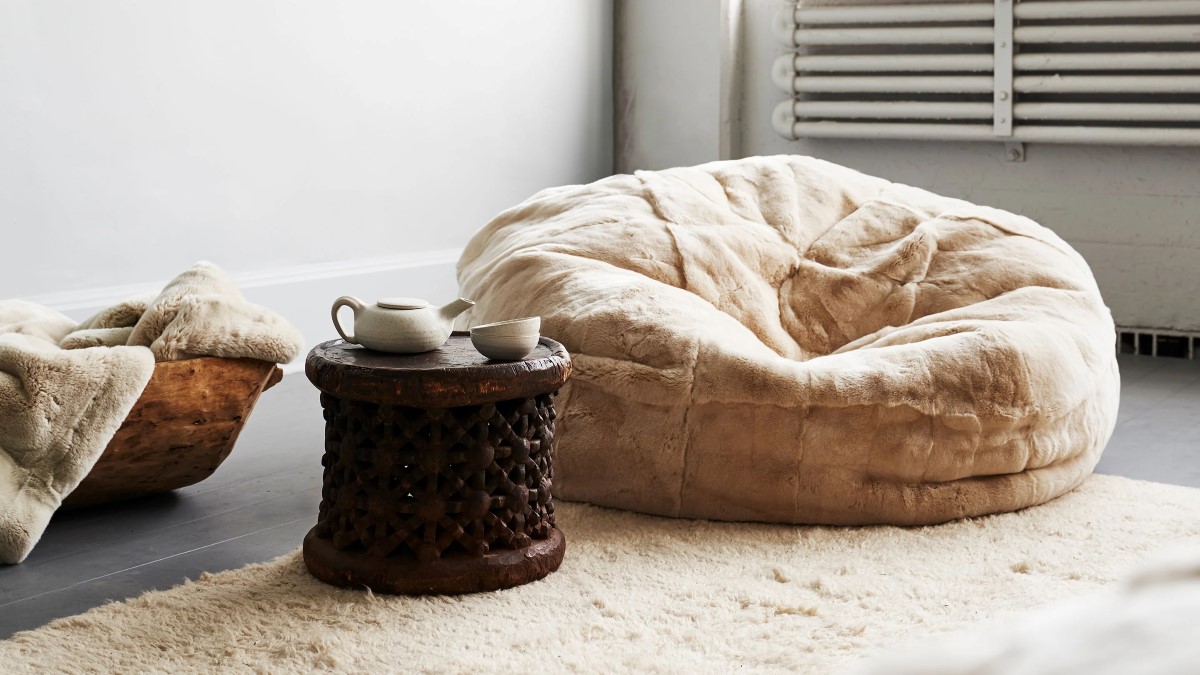






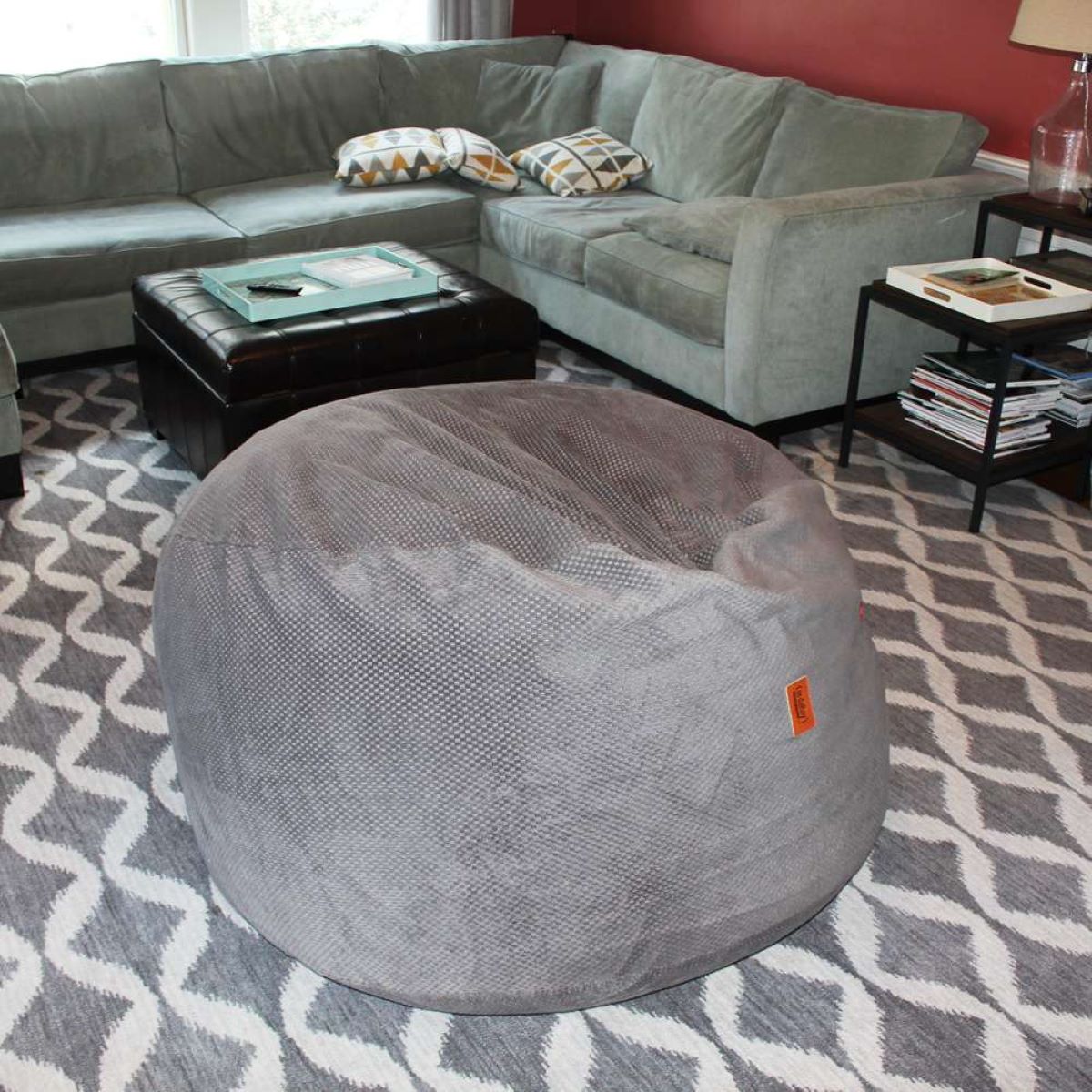

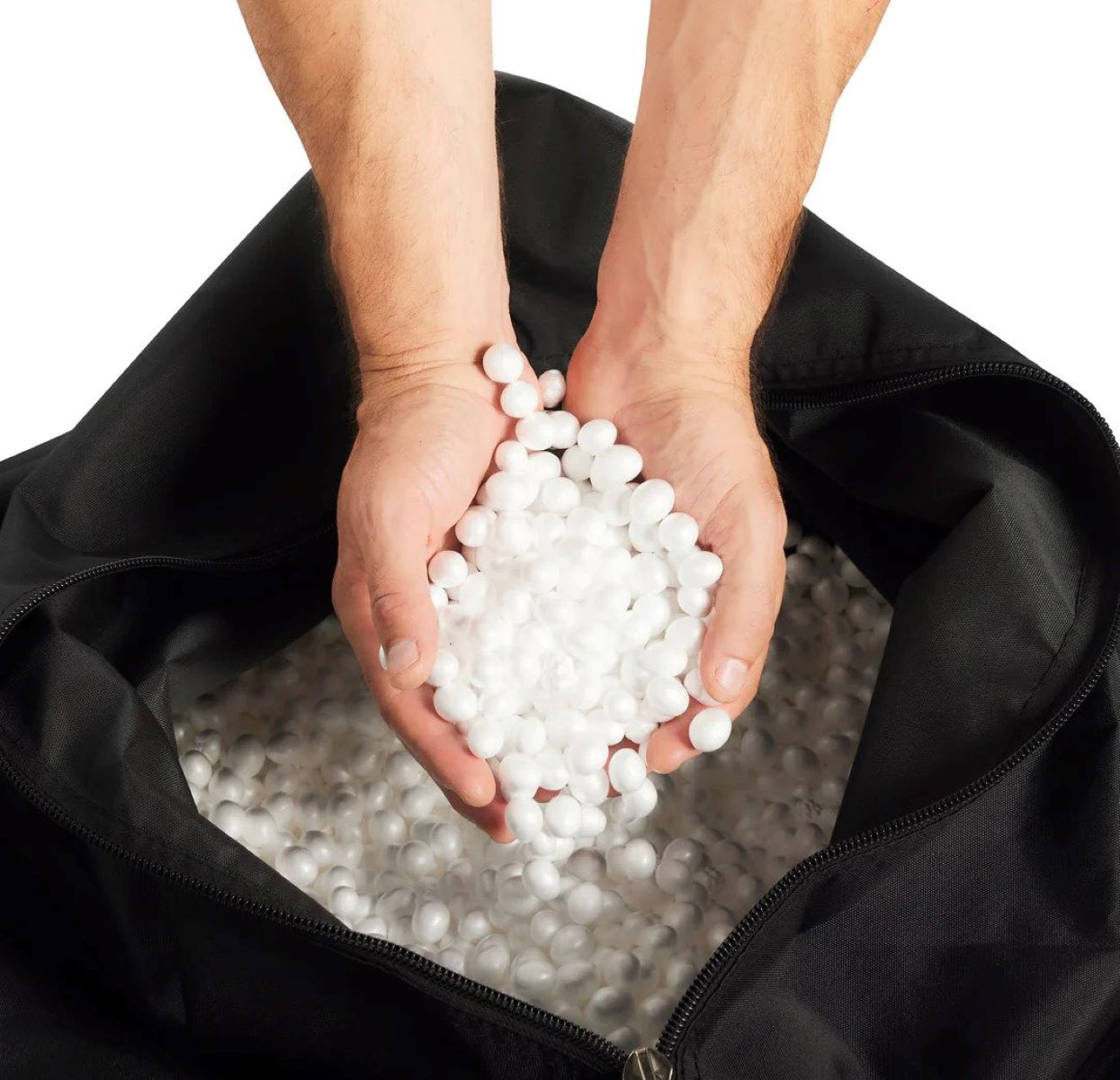
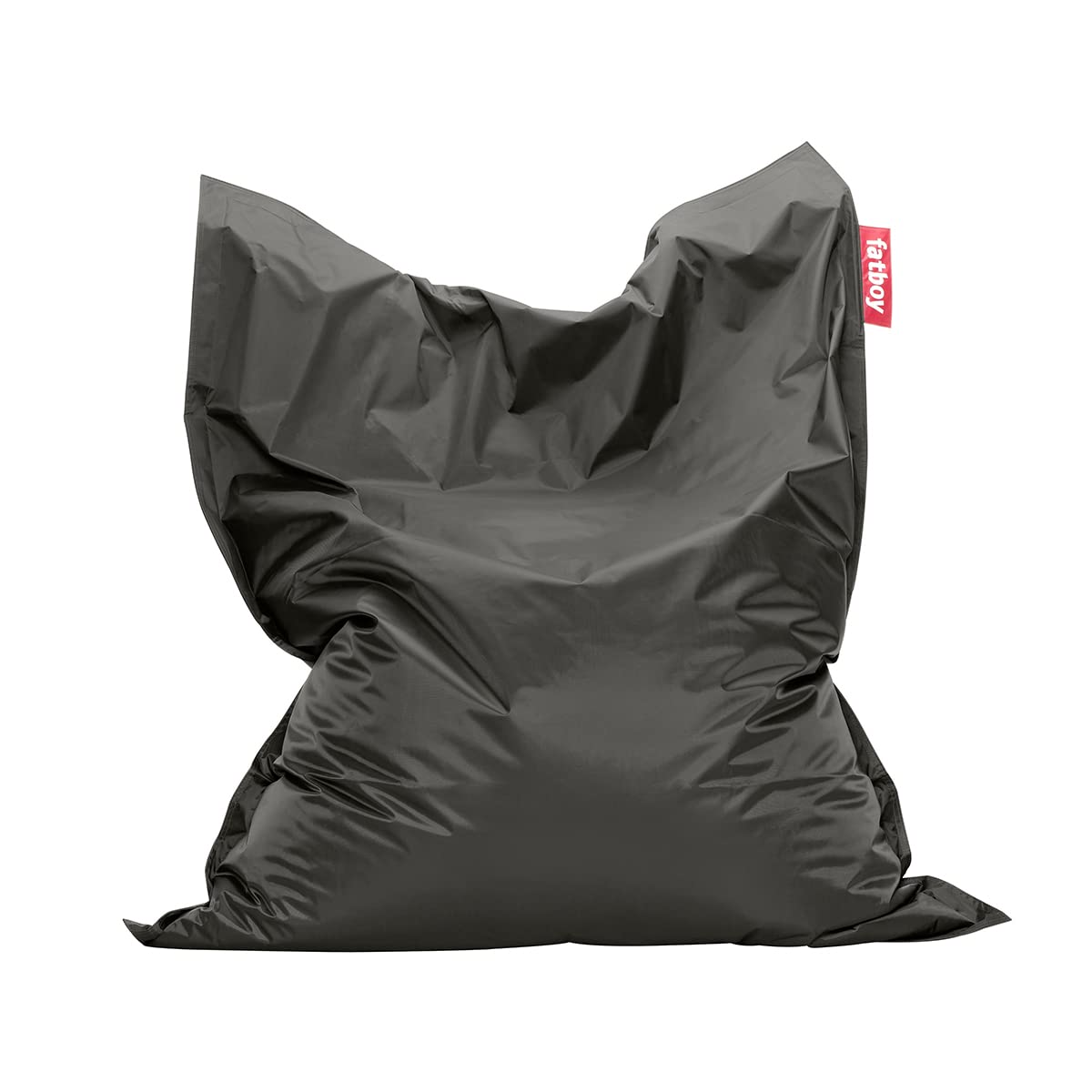

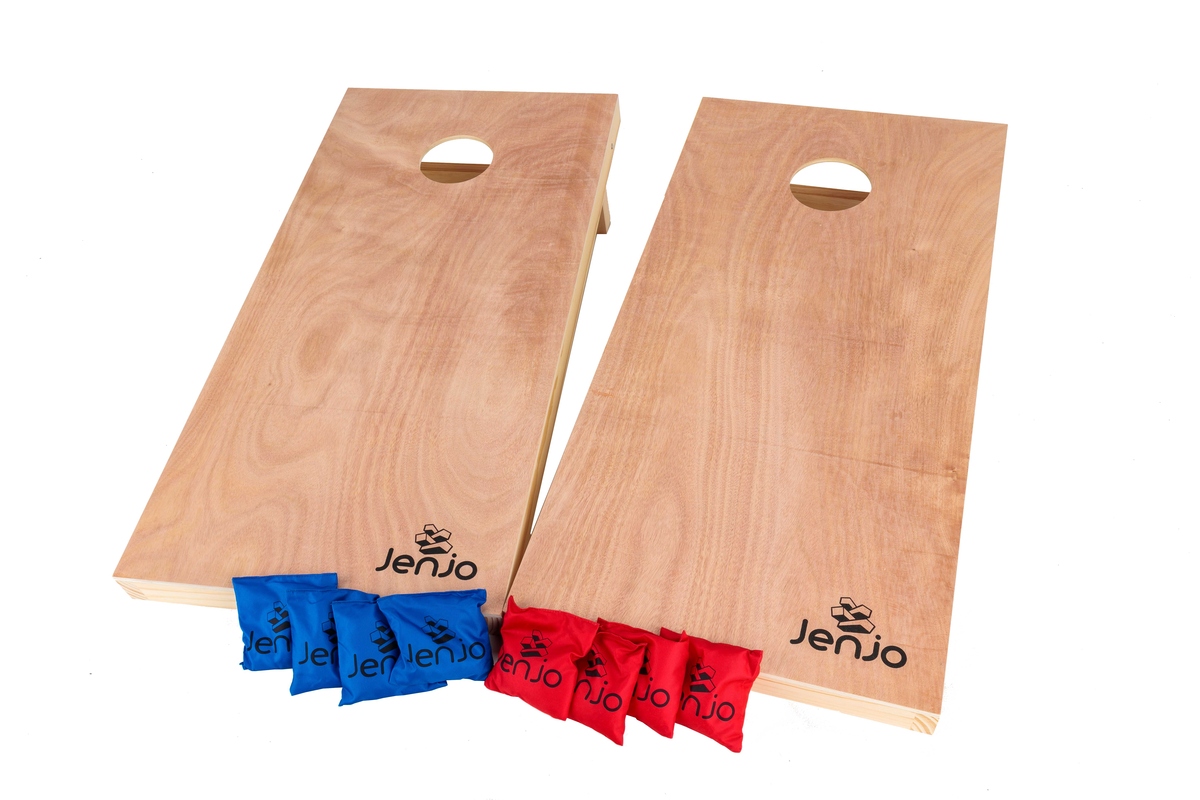

0 thoughts on “How Long To Heat A Bean Bag In The Microwave”